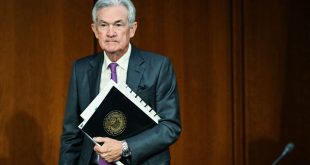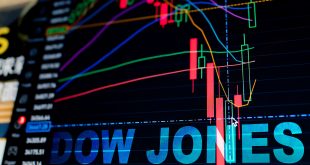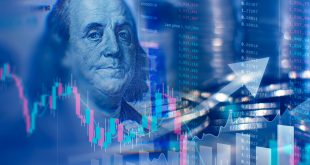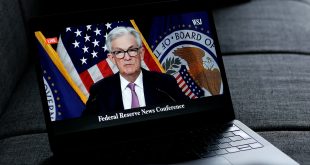As the Federal Reserve gears up for concluding its May 6-7, 2025, policy meeting on Wednesday, markets are bracing for another rate hold at 4.25%-4.50%, with only a 3.2% chance of a cut. President Donald Trump’s aggressive tariff policies, including planned pharmaceutical duties, are casting a long shadow, raising fears of stagflation that could upend the Fed’s dual mandate of low inflation and high employment. Despite recent data showing resilience, economic storm clouds loom. This detailed report explores why the Fed is standing pat, how Trump’s trade moves complicate the outlook, and what’s next for monetary policy.
Fed’s Steady Stance Amid Tariff Uncertainty
The Federal Reserve, led by Chair Jerome Powell, is expected to maintain its key federal funds rate at 4.25%-4.50%, unchanged since January 2025. Markets, per futures trading data, overwhelmingly anticipate this hold, with just a 3.2% probability of a 25-basis-point cut. The Fed’s “wait-and-see” mantra reflects caution as it assesses the fallout from Trump’s April tariffs, which threaten to spike prices and dent jobs. Powell’s post-meeting press conference at 2:30 p.m. EDT on Wednesday will be pivotal, with investors hungry for clues on how tariffs might reshape the Fed’s path.
Tariffs Test the Fed’s Dual Mandate
The Fed’s mission to balance low inflation and robust employment faces a potential crisis. Trump’s tariffs, including 100% duties on foreign films and looming pharmaceutical tariffs, are forecast to drive up consumer prices, with economists warning of a sizable inflationary surge. March’s inflation, at 2.6% per the Fed’s preferred gauge, remains above the 2% target, while April’s sticky Prices Paid Index at 65.1 signals persistent pressures. Meanwhile, April’s 177,000 Nonfarm Payrolls and steady 4.2% unemployment rate suggest labor market strength, allowing the Fed to stay sidelined for now. However, surveys reveal growing fears among businesses and consumers that tariffs could trigger a recession, complicating the Fed’s calculus.
Stagflation Risks Loom Large
If tariffs push inflation and unemployment higher simultaneously, the Fed could face a stagflation nightmare. Raising rates to curb inflation risks slowing the economy and spiking joblessness, while cutting rates to boost growth could fuel price surges. This blunt tool—the federal funds rate—offers no easy fix. Recent data, like Q1 GDP contraction and Ford’s $2.5 billion tariff-hit warning, underscore the stakes. Markets expect the Fed to hold firm until July, when a 25-basis-point cut is priced in with 99.6% odds, potentially lowering rates to 3.5%-3.75% by October if economic weakness deepens.
Trump’s Pressure and Powell’s Resolve
Trump has intensified pressure on the Fed, lambasting Powell as slow to cut rates and even floating the idea of firing him, though he later backed off. Powell, appointed by Trump in 2017, insists the president lacks legal authority to remove him before his 2026 term ends. At Wednesday’s press conference, Powell is likely to sidestep Trump’s criticisms, focusing on data-driven policy. The Fed’s influence over borrowing costs—from corporate loans to student debt—means its decisions ripple widely, with high rates currently cooling growth to tame post-2022 inflation, which hit a 40-year high.
What Triggers a Rate Cut?
The Fed needs clear signals to shift gears. A spike in unemployment, sluggish job growth, or a drop in capital goods orders—indicating reduced business spending—could prompt cuts, especially if tariffs batter the economy. Despite March’s tame 2.8% inflation and April’s solid jobs data, economists warn that tariff impacts are just beginning. If consumer prices soar or growth stalls, the Fed may prioritize employment, cutting rates to stimulate spending. For now, Powell’s team is poised to wait, monitoring how tariffs disrupt labor markets and global supply chains.
Market Implications and Outlook
The Fed’s rate hold will likely keep Treasury yields volatile, with the 10-year at 4.301% after Tuesday’s bond auction. The US Dollar, already under pressure at 99.93, may weaken further if trade talks falter, boosting safe-havens like gold, which hit $3,431.14. The Dow Jones, up 100 points on Monday, faces resistance at 41,600, with tariff fears capping gains. Upcoming PMI, consumer confidence, and trade developments will shape sentiment. The Fed’s steady hand signals caution, but Trump’s tariffs could force a reckoning—investors must stay vigilant for economic cracks.
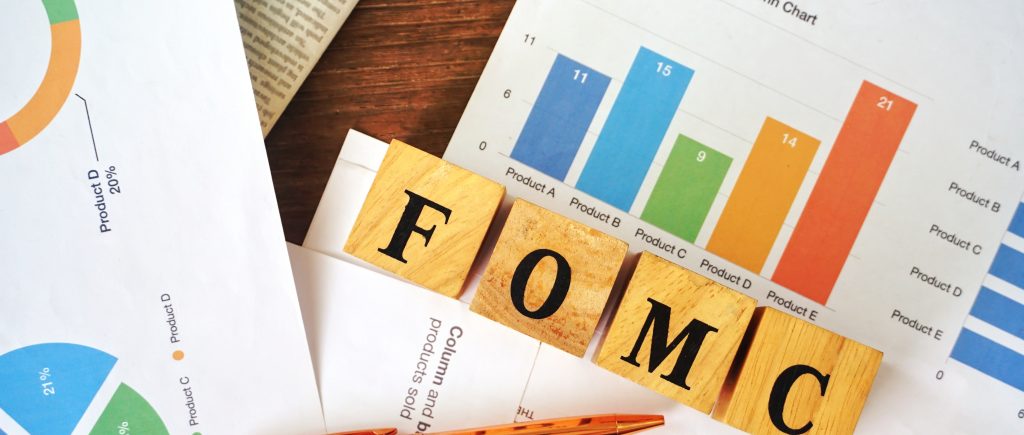
 Noor Trends News, Technical Analysis, Educational Tools and Recommendations
Noor Trends News, Technical Analysis, Educational Tools and Recommendations

